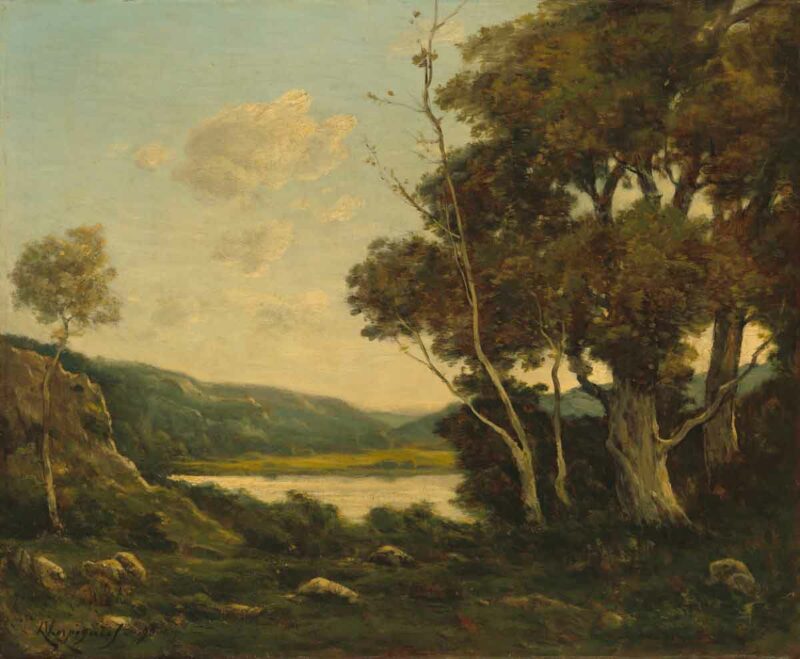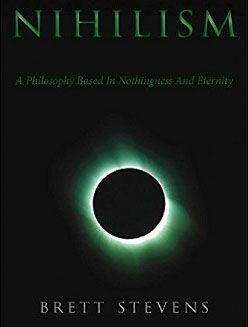Slavic Admixture
For those who follow the diversity chronicles, it becomes important to note trace miscegenation among European populations, which in turn enables an ethnic Western European identity which is essential to Western Civilization and its preservation.
Today, a brief look at Asiatic admixture among Slavs:
The easterly Russians and Chuvash both show evidence (p<0.05) of admixture at more than one time (Fig. 2D), at least partially predating the Mongol empire, between groups with ancestry related to Northeast Asians (e.g. the Oroqen, Mongola and Yakut) and Europeans, respectively (Table S16). Six other European populations (Fig. 2D, pink/maroon box 2) independently show evidence following the repainting for similar admixture events involving more than two groups (p<0.02) at approximately the same time (Fig. 3). CIs for the admixture time(s) overlap, but predate the Mongol empire, with estimates from 440-1080CE (Fig. 3). In each population, one source group has at least some ancestry related to Northeast Asians with ~2-4% of these groups’ total ancestry linking directly to East Asia. This signal might correspond to a small genetic legacy from invasions of peoples from the Asian steppes (e.g. the Huns, Magyar and Bulgars) during the first millennium CE (36).
Huns are from the same ethnic group as Mongols; most likely however admixture occurred for economic opportunity instead of military reasons. We can also do away with the “Russians are Scandinavians” myth since we can see how other groups replaced the Scandinavian component a thousand years ago.
The reconstruction of the genome of Prince Dmitry Alexandrovich indicates the contribution of three ancestral components to his origin: (1) the early medieval population of the east of Scandinavia from the island of Oland, (2) representatives of the steppe nomadic peoples of the Eurasian steppes of the Iron Age or the early medieval population of central Europe (steppe nomads from the territory of Hungary), and (3) the ancient East-Eurasian component. Reliable statistics were also obtained when the Scandinavians were replaced with the Medieval Russian Slavic populations of the XI century.
In other words, lore holds correctly: Russians were mostly escaped German and Frankish serfs who settled to the East, took Asiatic, Turkic, Jewish, or Arabic wives, and then bred a population which was renewed by European drift, resulting in the lighter-skinned appearance but Asiatic facial features of Russians today.
Tags: admixture, huns, russia, slavs, trace miscegenation










